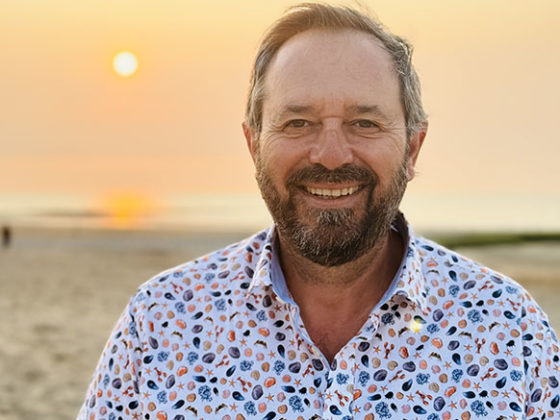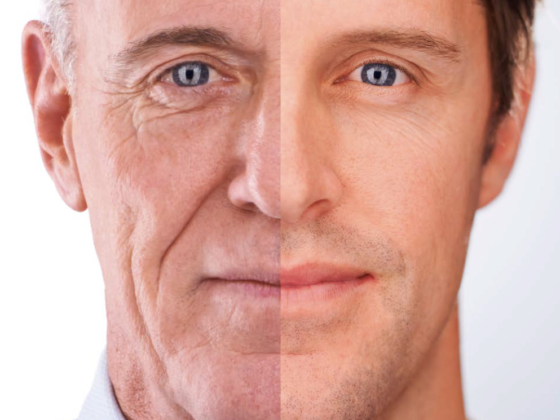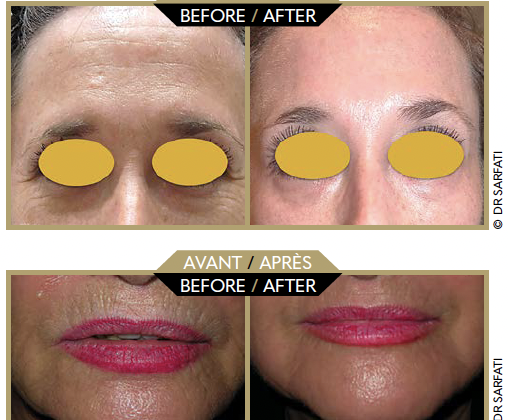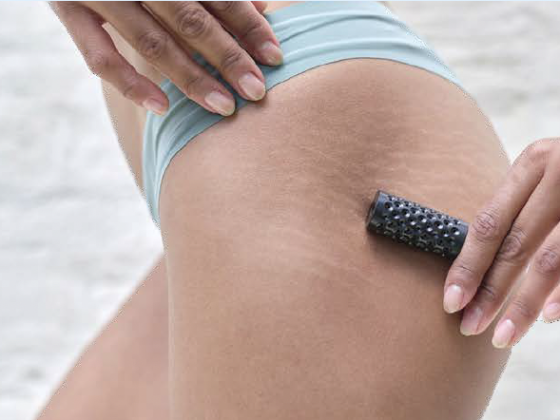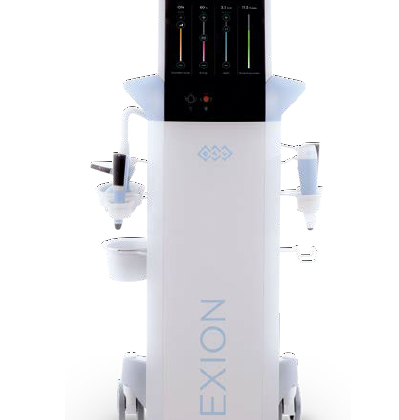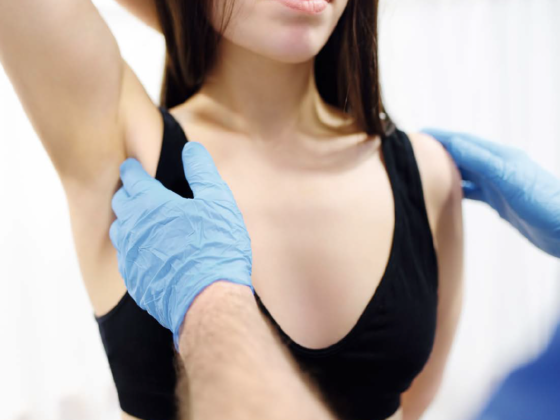Insights from Doctor Philippe Kestemont and Professor Raphael Sinna
The illustrious Fer à Moulin School of Surgery, steeped in the rich history of Paris, serves as the prestigious venue for live dissections during IMCAS events and scientific sessions. Collaborating with an institution so deeply intertwined with French history is both a privilege and an honour, and it offers a rich educational backdrop for procedural workshops and physician training.
The institution’s history can be traced back to 1672 when the Hotel-Dieu of Paris and the Trinité hospital jointly acquired a piece of land on the outskirts of Saint-Marcel. This land, which included three houses with gardens and outbuildings, was cleared to make way for the establishment of the Clamart Cemetery.
Clamart Cemetery became the final resting place for individuals who had passed away at the Hotel-Dieu, as well as those from other hospitals and individuals sentenced to death, including those executed during the tumultuous years of the French Revolution. In 1970, the Anatomy amphitheatre was transformed into the AP-HP Surgery School, and the contemporary building we see today was erected. The name “Rue du Fer-a-Moulin” has roots dating back to at least the 16th century, alluding to a metal component facilitating the rotation of an axle within a grinding mill (“moulin”). This name also carries heraldic significance, akin to a coat of arms symbolism.
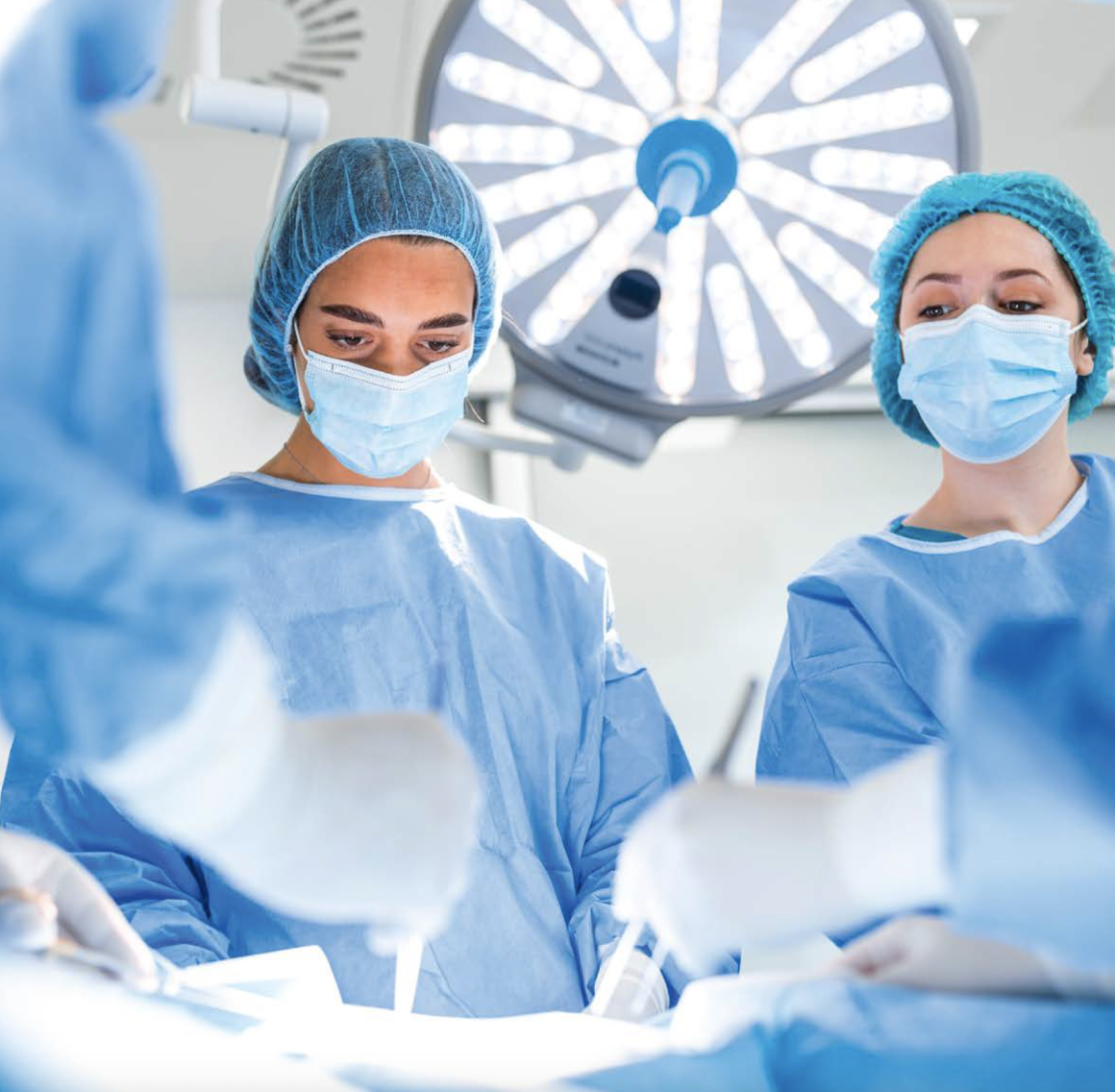
To alleviate overcrowding at the faculty of medicine, the construction of special amphitheatres for student dissections on the same site was undertaken. However, these early structures were eventually replaced by the Anatomy amphitheatre in 1832, which later became affiliated with the AP-HP in 1849. Since 2012, the Fer à Moulin School of Surgery has opened its doors to IMCAS experts during the World Congresses, offering live cadaver dissections across two modules: the Anatomy on Cadaver Workshops with live cadaver dissections and live injection procedures, and the Live Augmented Surgery & Anatomical Dissections.
To provide an exclusive behind-the-scenes glimpse into dissection preparations for these two anatomy workshops at the Fer à Moulin School of Surgery, the team sought insights from Dr. Phillippe Kestemont and Prof. Raphael Sinna.
Could you walk us through the initial steps in preparing for cadaver dissections?
Dr. K: Certainly. The first crucial step involves a thorough examination of the scientific programme and the participating panel. This helps us tailor our techniques to the specific subjects addressed and the expectations of the medical professionals involved. If the industry is a part of the session, we align our dissections with the products in use, such as botulinum toxin, fillers, threads, and more. On a technical level, we approach our dissections with the same precision as surgical preparations, ensuring an aesthetically pleasing visual to honour both donors and viewers.
Prof. S: To add to that, analysing surgical videos filmed for the sessions is paramount. It helps determine the key steps of the video, guiding us on what aspects are crucial to showcase during the cadaver dissection.
What is the one thing you always strive to show participants during dissections?
Dr. K: The dissection instructor plays a pivotal role as both a theoretical and practical teacher. Before any application on living subjects, mastering techniques on anatomical specimens is essential. It sets the foundation for the responsibility of applying these skills to patients who entrust us with their care.
Prof. S: The dissectors provide a unique perspective by showing what happens beneath the skin. In procedures like injections or surgeries, the depth of anatomical layers remains unseen. The advantage of dissection lies in revealing these hidden intricacies, offering participants a firsthand view of anatomical processes otherwise obscured during live surgeries.
Why is the role of the dissector so significant in cadaver anatomy workshops?
Dr. K: Traditional anatomy education has often been theoretical and descriptive. Our courses embrace a modern, practical approach aligned with the techniques highlighted in the scientific programme. Beyond fundamental knowledge, our goal is to provide participants with tips and tricks, fostering an understanding of high-risk anatomical areas and optimising procedures to prevent potential complications.
Prof. S: Our aim is to show everything typically unseen during a surgical session. Whether it’s the intricacies of an injection or the step-by-step anatomy of a surgery, our dissections bridge the gap, offering attendees a comprehensive understanding of each anatomical layer’s role in the overall procedure.
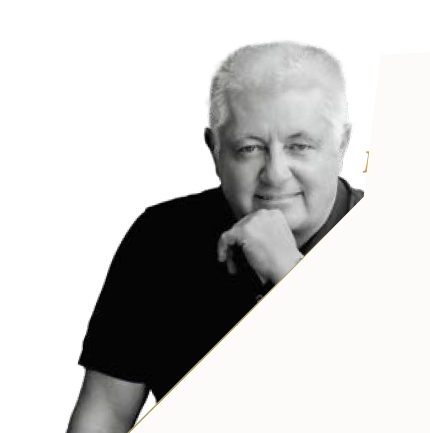
Dr. Philippe Kestemont is a renowned facial and neck surgery specialist based in Nice, France. He has served as both an intern at the hospitals of Nice and head of the clinic at the Faculty of Medicine, and he also works closely with the university hospital in the Maxillofacial Surgery unit. An active member of several prestigious medical organizations, including the French Society of Aesthetic and Reconstructive Surgery and the European Academy of Facial Plastic Surgery, Dr. Kestemont is a medical leader dedicated to advancing the field of facial aesthetics and surgery.
More informations: docteurkestemont.com
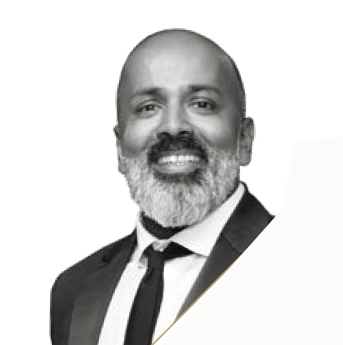
Prof. Raphael Sinna is a renowned plastic surgeon, specializing in both reconstructive and cosmetic surgery. He holds extensive expertise in breast surgery, facial rejuvenation, and post-bariatric procedures with an extensive medical education and international fellowship background. Currently serving as the head of the plastic surgery department at Amiens University Hospital, he is also involved in humanitarian work through the nonprofit organization Sourire un Jour. His contributions to medical education and innovative surgical techniques are highly regarded across the field.





